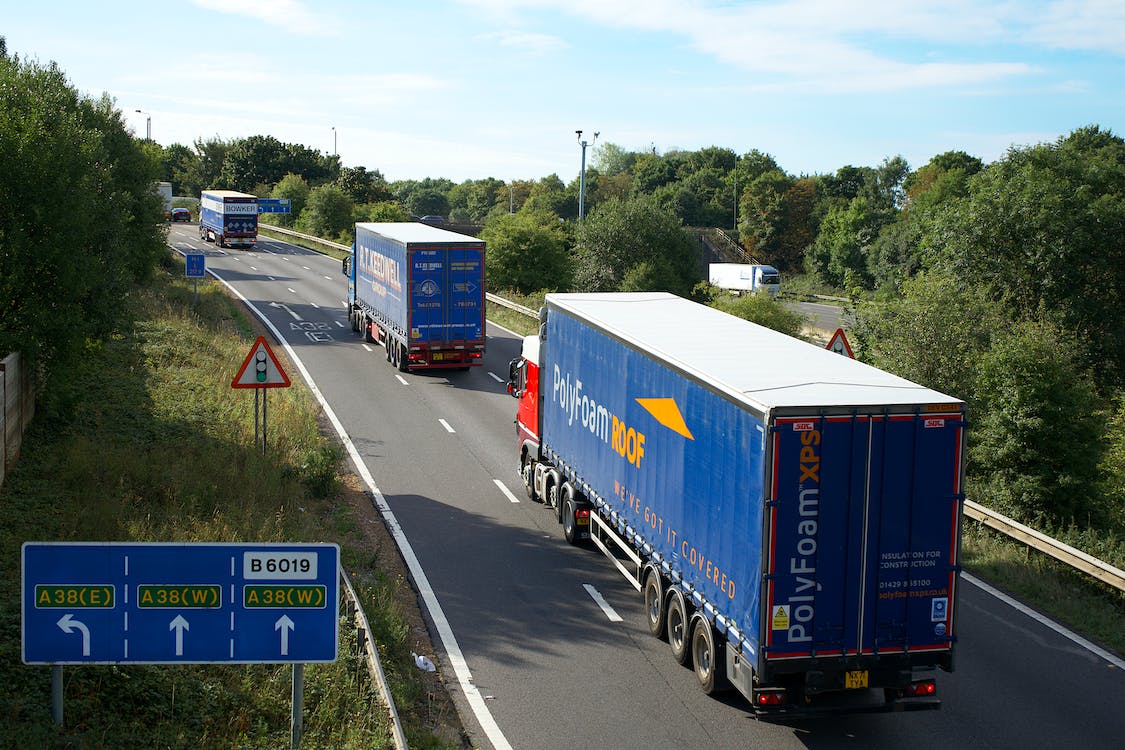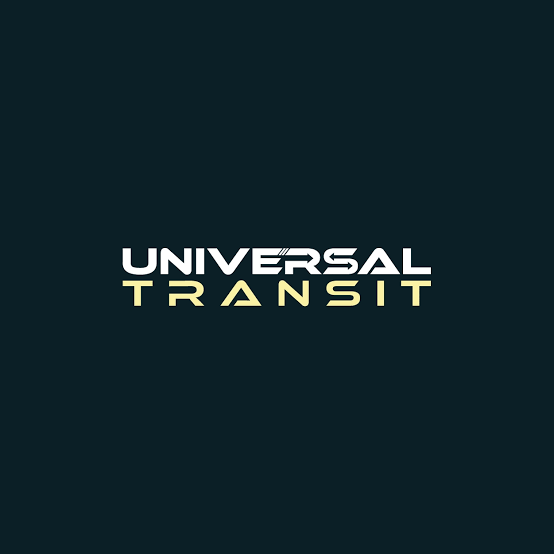In the bustling landscape of commercial transportation, accidents involving commercial vehicles have become an all too common occurrence.
According to Forbes, there were a total of 523,796 accidents involving large trucks reported throughout the United States in 2021. The legal complexities surrounding these incidents add another layer of intricacy to an already challenging situation.
Understanding the specifics of commercial vehicle accident laws in the United States is crucial for all stakeholders involved victims, businesses, and legal professionals alike.
In this article, we will dive into the legal landscape governing commercial vehicle accidents. We will shed light on the key aspects that shape the legal proceedings in such cases.
Federal Regulations and Compliance
According to the Federal Motor Carrier Safety Administration (FMCSA), motor carriers account for 64% of total freight carried. This trend is expected to continue. As a result, commercial vehicles traversing the United States are subject to strict federal regulations set by the FMCSA.
These regulations cover diverse facets, including driver qualifications, hours of service, vehicle maintenance, and safety protocols. Adhering to these standards is necessary for guaranteeing the secure operation of commercial vehicles on U.S. roads.
Violations may result in severe penalties for both drivers and the companies employing them. Ensuring compliance with federal regulations involves continuous monitoring and training for drivers, rigorous maintenance schedules, and comprehensive record-keeping practices.
The FMCSA works diligently to enforce these regulations, conducting regular inspections and investigations to identify and penalize any infractions. The complex and dynamic nature of these regulations necessitates a collaborative effort among drivers, companies, and regulatory authorities to uphold safety standards.
Liability and Negligence
Determining liability in commercial vehicle accidents requires an examination of various negligence factors. Driver behavior, adherence to traffic laws, and vehicle maintenance all play crucial roles in establishing fault. According to Investopedia, employers may also be held responsible for their drivers’ actions under the doctrine of vicarious liability, further complicating the legal landscape.
This intricate interplay of factors underscores the need for a thorough investigation into the circumstances surrounding each accident. Legal proceedings often involve expert testimony to analyze the contributing factors and determine the degree of negligence. In some cases, multiple parties may share liability, leading to complex negotiations and potential disputes.
Understanding the intricate web of liability and negligence is essential for legal professionals, insurers, and businesses seeking a fair and just resolution. Clear communication and a comprehensive understanding of the factors at play are crucial for all parties involved in navigating this intricate legal terrain.
Insurance Coverage Challenges
Navigating the insurance landscape after a commercial vehicle accident is a complex process with various challenges. Determining the at-fault party, policy limits, and coverage types requires meticulous investigation and negotiation.
Victims and businesses must navigate these complexities to secure proper compensation for injuries, property damage, and other losses incurred during an accident. Insurance companies often engage in disputes over liability and coverage, adding another layer of complexity to the resolution process.
Legal professionals play a crucial role in negotiating with insurers to ensure fair and adequate compensation for the victims. Balancing the interests of all parties involved is a delicate process that requires a deep understanding of insurance laws.
Product Liability in Commercial Vehicle Accidents
Commercial vehicle accidents stemming from defective parts or systems invoke product liability considerations. Manufacturing defects, design flaws, or inadequate warnings can contribute to accidents, holding manufacturers accountable for damages.
The legal implications of product liability add complexity to commercial vehicle accident cases, requiring a thorough examination of the defective components. Legal proceedings involving product liability often entail collaboration between personal injury attorneys and experts in engineering or product design.
Manufacturers may be held responsible for the injuries and damages resulting from their products, necessitating a comprehensive understanding of product liability laws. As technology advances, the transportation industry must grapple with evolving standards to ensure the safety of commercial vehicles and their components.
Worker’s Compensation for Commercial Drivers
Commercial drivers injured in accidents may be entitled to worker’s compensation benefits, but navigating the complexities of these claims is a multifaceted process. Determining whether the accident occurred within the scope of employment requires legal expertise.
Worker’s compensation benefits are essential for injured drivers, providing financial support for medical expenses and lost wages. However, these benefits may not cover all aspects of the damages incurred. Lawyers play a crucial role in assisting claimants in maximizing their compensation by exploring additional options to address the full extent of their losses.
Environmental and Hazardous Materials Regulations
Accidents involving commercial vehicles transporting hazardous materials trigger specific legal considerations due to the potential environmental and public safety risks. Compliance with regulations governing the transportation of hazardous materials is crucial to prevent environmental damage and mitigate the consequences of spills or leaks.
Environmental regulations impose strict standards for the transport of hazardous materials, emphasizing the need for thorough training of drivers and robust safety protocols. In the event of an accident, companies must adhere to cleanup procedures and report incidents promptly to regulatory authorities.
The legal ramifications of failing to comply with these regulations can be severe. This underscores the importance of diligence and adherence to safety standards in the transportation of hazardous materials.
Interstate Commerce and State Variances
The legal landscape surrounding commercial vehicle accidents varies significantly across states, introducing a layer of complexity to legal proceedings. Differences in insurance requirements, statute of limitations, and legal procedures can impact the outcome of cases, necessitating a nuanced understanding of state-specific laws.
Take Missouri, for example, where the legal framework for commercial vehicle accidents is shaped by unique state statutes and judicial precedents. In Missouri, liability laws adhere to a pure comparative fault system, where damages are allocated based on each party’s degree of fault. This contrasts with other states that may follow a modified comparative fault system.
Additionally, Missouri follows a five-year statute of limitations for personal injury claims, contrasting with the variable timelines in neighboring jurisdictions. TorHoerman Law notes that these variances underscore the importance of legal professionals tailoring their strategies to the specific state where an accident occurs.
St. Louis, one of Missouri’s busiest cities, frequently witnesses commercial vehicle accidents due to its bustling transportation networks and high traffic volume. The convergence of major interstate highways contributes to the elevated risk of accidents involving commercial vehicles. In such cases, a St. Louis trucking accident lawyer can help you face the additional challenge of navigating the city’s specific urban dynamics.
Emerging Technologies and Legal Implications
The rapid integration of emerging technologies, such as autonomous vehicles and advanced driver-assistance systems (ADAS), into the commercial transportation industry introduces novel legal considerations. Liability issues related to accidents involving autonomous vehicles, data privacy concerns, and the impact on insurance models are among the key legal challenges.
Legal professionals must stay abreast of evolving regulations and precedents related to emerging technologies to effectively advocate for their clients. As technology continues to shape the industry, the legal landscape must adapt to address new challenges and ensure accountability.
Collaborations between legal experts, policymakers, and industry stakeholders are crucial to establishing a robust legal framework. It helps foster innovation while prioritizing safety and fairness in commercial vehicle accidents involving emerging technologies.
Key Takeaways
In a landscape marked by over half a million commercial vehicle accidents annually, the legal complexities demand a nuanced approach. Federal regulations, liability considerations, insurance challenges, and emerging technologies shape a multifaceted legal terrain.
Navigating this intricate web requires collaboration and adaptability. As the transportation industry evolves, legal frameworks must keep pace to ensure safety, fairness, and accountability.
From interstate variances to the integration of emerging technologies, stakeholders need to stay informed and proactive. Legal professionals, businesses, and regulators must unite to grasp the intricacies of commercial vehicle accidents and navigate challenges within the ever-evolving legal framework.






